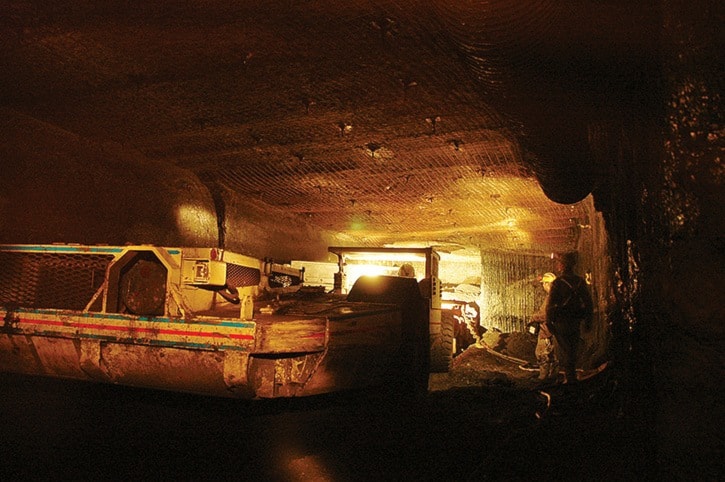Campbell River Environmental Committee has several questions about a proposed expansion to the Quinsam Coal mine.
“I think there’s reason for a lot of concern,” said committee president Leona Adams. “It’s our mandate to get the information out to the public (but) it’s so technical, you wonder how people will react?”
Adams spent several days last week pouring through more than 500 pages of a Mines Act permit application to allow Quinsam to begin expanding its underground mining in the area known as “7 South Area 5.”
“It’s a small addition to 7 South,” said Gary Gould, vice-president of Hillsborough Resources which owns the coal mine, “and we’re looking at getting an amendment to our mining permit.”
If it goes through, the new area is expected to produce about 870,000 tonnes of coal; approximately 1.2 tonnes of coal would fill a cubic metre.
The mine is located about 20 kilometres west of the city, just off Highway 28, and is surrounded by steams and lakes which make up the Campbell River watershed.
The watershed is a primary focus of the environmental committee. Adams said an ongoing concern is groundwater seepage from flooded mine shafts which can transfer heavy metals, such as arsenic, into the nearby creeks and rivers.
On a map, Adams points to the Iron River and the nearby “242 test mine” which was flooded long ago. Adams believes there’s a hydraulic connection between the mine and the river, and bases the theory on water quality results.
According to Adams, water taken upstream of the mine shows low levels of arsenic, other metals and alkalinity. But those numbers rise downstream which may be a naturally-occurring process or something else.
“What’s in the Iron River right now isn’t great and it’s only going to get worse,” she predicted. “That’s not background (contamination). I believe it’s from the early exploration of that test mine.”
The environmental committee has asked Quinsam several questions to clarify its plans and is still awaiting a response. The committee has also sent a letter to the B.C. environmental protection office.
Adams said they want an opportunity to comment on Quinsam’s other application to amend its effluent discharge permit. The committee believes the mine already exceeds its permit in some areas which show higher levels of arsenic and iron in test wells.
“The effluent discharge permit is not minor,” she wrote in the letter. “(We) request the application to amend the effluent discharge permit…be distributed to the public for comment.”
Adams is also calling on the public to learn more and to voice their concerns to the Environment and Mining ministries, as well as to North Island MLA Claire Trevena.
A copy of the Quinsam amendment application is available for public viewing at city hall (contact Terri Martin). A copy should also be filed at the public library downtown. The public has until Dec. 13 to make comment to the Chief Inspector of Mines.
Fast Facts
- Quinsam began as an open pit mine in 1986. It switched to underground mining in 1993 with open-pit mining ceasing in 1994.
- The current mining method uses remote controlled continuous mining machines. The continuous miners cut and load coal into shuttle cars, which haul and empty it onto a belt conveyor leading to a coal stockpile on the surface. From there, coal is transported to the coal preparation plant. A loader feeds coal into a preparation plant where it is crushed, sized, sorted and cleaned through a series of processes.
